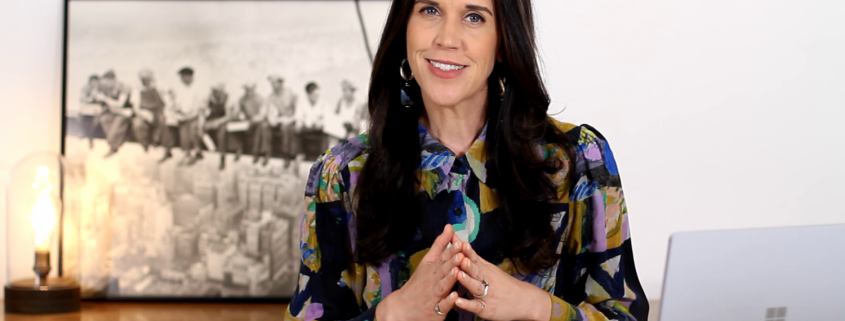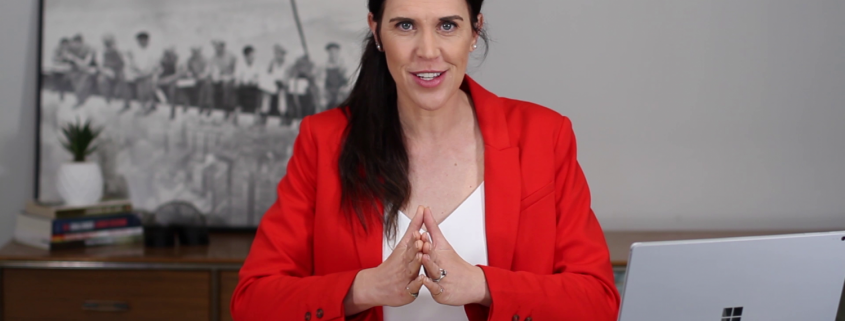Our mental models are part of our subconsciousness and they can be the reason we shut out information, or why we’re open to learning. It’s therefore essential that we try and bring our mental models to the surface every once in a while to examine whether they are still relevant. In this video I’ll outline two common mental models that inform the board’s perception of the role that people play in either creating or reducing safety in the workplace – one of them will drive organizational improvement, the other will hinder and leave you blind-sided when something happens.
Posts
In this video I’ll explain two paradigms that dominant our boardrooms in terms of the way work gets done and they are influencing the questions board members ask about safety and health, but only one is going to support safe and healthy work and help you make a positive impact.
Designing executive incentives that support safe and healthy work can be tricky. When there is an unavoidable tension between the strategic goals, processes or activities (e.g. production targets and health and safety targets), management needs to clearly identify and actively reinforce their highest priority. So how do you ensure that the priority is health and safety, where there’s a conflict with production / profit? Here are three factors for your consideration when designing executive incentives.
In this week’s video I talk about why we often see significant events as something unique; that is, we try to find some quirk or practice that can separate us from those who have erred or failed. The risk is that we don’t learn or see the red flags in our own organisation.
Most organisations after a tragedy will focus on updating the safety management system, but there will be a point when the system looks good on paper, but the board will still be at risk of influencing adverse events if members don’t understand what creating safety really involves, and their role in it. In this video I outline some key principles that should be in any board members’ professional development in safety leadership and governance.





